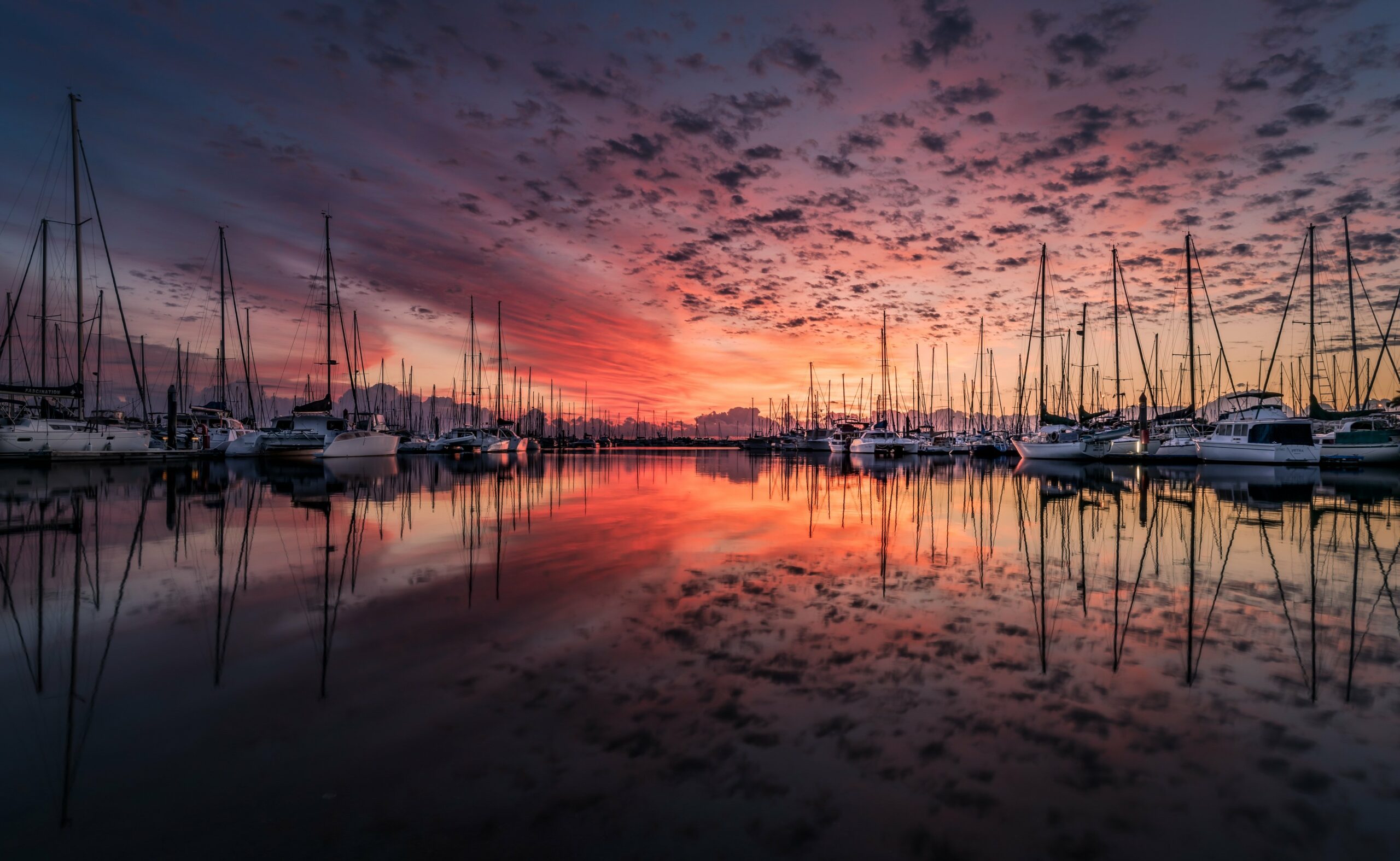
Minimum Legal Requirements Aboard a Private Yacht in the UK – A Must Know for Any Skipper
In the UK, anyone can go out, buy a yacht, and have access to the high seas. You don’t legally need an RYA Day Skipper licence or even any training. You don’t even need insurance!
But there are some legal requirements. The problem is, without the training, how are you supposed to know what they are?
In this article, we are going to look at the minimum you need to do to stay on the right side of the law in the UK. This includes:
This article will cover the legal obligations of a pleasure vessel under 13.7m in length. A pleasure vessel is defined as a vessel used for the sport or pleasure of the owner or the immediate family or friends of the owner.
If it isn’t listed here, it isn’t a legal requirement for a pleasure vessel of less than 13.7m in the UK. Headed abroad? You will likely need more than is covered in this article.
SOLAS – What It Means to Skippers Like You
The Safety Of Lives At Sea convention (SOLAS) is an international maritime treaty that sets minimum safety standards in the construction, equipment and operation of vessels at sea. The convention requires signatory flag states (that includes the UK) to ensure that ships flagged by them adhere to these standards. At the time of writing, SOLAS has 164 contracting states which flag about 99% of merchant ships around the world in terms of gross tonnage. It’s not one you are likely going to be able to avoid.
Most of the SOLAS Convention applies to large commercial ships, but parts of Chapter V apply to small, privately owned pleasure craft. In the UK, the parts of SOLAS V which apply to small private vessels are:
Regulation 19 – RADAR REFLECTORS
Regardless of the size of your boat, if you can, you should fit the largest radar reflector possible and fit it according to the manufacturer’s instructions (and as high as you can).
Regulation 29 – LIFESAVING SIGNALS
This regulation requires that an illustrated table describing the life-saving signals shall be carried aboard. This is freely available online and should be printed off and kept aboard (find a link to a copy at the end of this section). You can also buy copies of these signals on waterproof material from most chandleries.
Of course, dinghies and other open boats may not be able to keep a copy aboard and the MCA acknowledges that. In these circumstances, they state that ‘the table should be studied in advance’.
Regulation 31 and 32 – DANGER MESSAGES
These regulations cover our responsibility to pass on information about navigation dangers to the Coastguard. For example, you should report dangerous obstructions, tropical storms, and winds of Force 10 which haven’t already been broadcast. These reports should include the position, nature of the danger, time seen, and any other useful information. The Coastguard will then make any danger information widely known.
Regulation 33 – DISTRESS MESSAGES – Distress Situations: Obligations and procedures
Regulation 33 is a reasonably wordy one, but can easily be summarised as: you are required to respond to any distress signal that you see or hear, and you must help anyone or any vessel as best you can.
Simple. If you see someone in distress, help them out!
Regulation 34 – VOYAGE / PASSAGE PLANNING – Safe navigation and avoidance of dangerous situations
This regulation makes passage planning a requirement under law. The amount of planning required will vary depending on the size of the vessel and intended voyage, however, it should include any dangers to navigation, weather forecasts, tidal predictions, crew competency, and contingency plans.
We have a proforma passage plan available to download free which we use in our online RYA theory courses. You can find the link to our passage plan proforma at the end of this section.
Regulation 35 – MISUSE OF DISTRESS SIGNALS
This regulation simply states that distress signals must only be used when you are in distress and require assistance. Misuse of distress signals is illegal (so don’t set off your out of date flares on fireworks night).
SOLAS Links
You can find a copy of SOLAS Chapter V in our resources section or by clicking on the button below:
Maritime Radio – Yacht Requirements
There are no requirements for pleasure vessels to have a radio fitted to their vessel, however, it is highly recommended that everyone has suitable maritime radio equipment installed. If your vessel does have a VHF radio, EPIRB, AIS, ATIS, Radar, or other maritime radio equipment, this equipment must be licensed, and ships radio equipment must only be operated by (or under supervision of) a holder of a maritime radio operators certificate.
Radio equipment must also meet conformity requirements which can be found in the licence terms and conditions. In 2021, requirements to limit the exposure to electromagnetic fields were also introduced, though if your radio is fitted to manufacturers specifications this should not be an issue for you.
Full details of each of these requirements can be found in Ofcom’s “Guidance notes for licensing” Of168a.
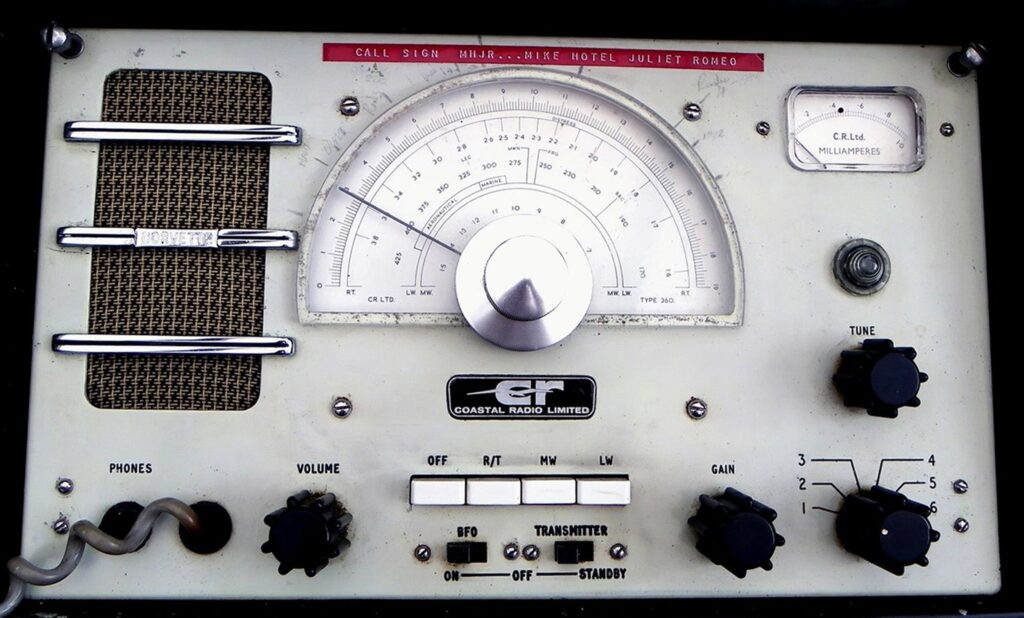
Manning – Do You Need Your RYA Day Skipper Certification?
If your vessel is under 24m in length, or less than 80 GT, there is no manning requirements or required certification in the UK or on the high seas.
However, this rule can change if you motor just 50 miles across the Dover Strait towards Belgium as every country has different manning and certification requirements. This is why it is recommended to take the RYA Day Skipper qualification, which also entitles you to an International Certificate of Competence. This will keep you on the right side of the law should you venture further afield.
COLREGs – More Than Just A Part of Your RYA Theory Course
The International Regulations for Preventing Collisions at Sea (IRPCS or COLREGs) apply to all vessels upon the high seas and waters connected to the high seas (which are navigable by seagoing vessels).
Despite the apparent vastness of the ocean, it is almost unheard of to go to sea without having to consider the movements of other vessels. Many harbours have narrow entrances, and coastlines have headlands where traffic is condensed. In these scenarios, you need to know if you should maintain your speed and course as the stand-on vessel or give way to the other vessel. If you give way when you should stand on, you will confuse matters and may cause an incident. If you should give way, you need to know the correct action to take.
COLREGs don’t just specify collision rules, they also dictate the correct shapes and lights a vessel must display, and sound signals a vessel must make.
Needless to say, you must study the ‘rules of the road’ before putting to sea. Ignorance is not a valid excuse! You can find the COLREGs published by the UK government in the MSN 1781. However, it is likely that you will need to take a course to fully understand them.
(IRPCS are covered in the RYA Day Skipper Theory course).
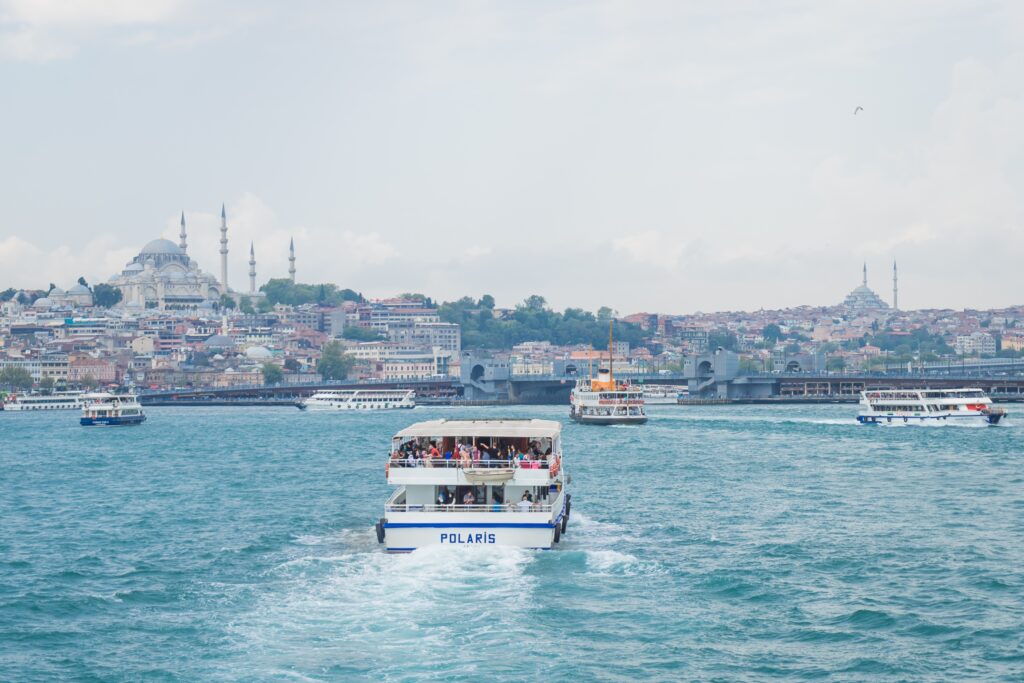
Byelaws and Local Regulations – Where Do You Sail?
Regulations don’t just change as we cross international borders, Harbour Authorities may also have local byelaws affecting all craft. These could include speed limits, communications and activity reporting procedures, restricted areas, and many more.
You should be able to find out what local regulations there are in your area by visiting the harbour authority website, or by researching the area in an almanac or pilot book. Once again, ignorance is not a valid excuse and you could be fined.
MARPOL – What You Need To Know
The International Convention for the Prevention of Pollution from Ships (MARPOL) was developed by the International Maritime Organisation but doesn’t directly apply to vessels carrying less than 15 persons or less than 500GT. However, there are guidelines as to how waste should be managed in the UK, and if you venture abroad, many countries have made these guidelines law.
Outside of MARPOL, there are also regulations in the UK regarding air pollution prevention and the use of antifouling paints. The MGN 599 details these regulations, specifically chapters 10-12.
The Green Blue website is a great resource for exploring this topic further.
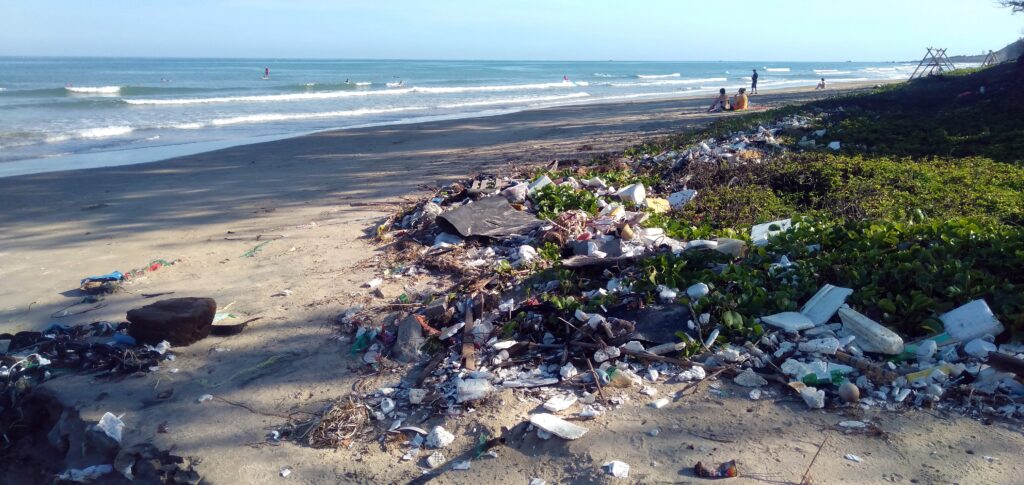
Summary
Hopefully, this article has helped some boat owners understand their legal obligations. Others may have just realised there is a lot to understand before buying a boat. If you are the latter, we hope you will consider taking some formal RYA training to help you fully grasp your responsibilities.
Before buying a boat and heading out to sea, we highly recommend taking the RYA Day Skipper qualification. Not only is it a professional qualification, but it covers everything you need to know, from navigation, tides, and meteorology, to ropework, mooring, and electronic instrumentation. And if you chose to take your skipper qualification with Ardent Training, you also gain unlimited access to our world-class instructors and professional sailors so you can ask them about whatever you need to know.

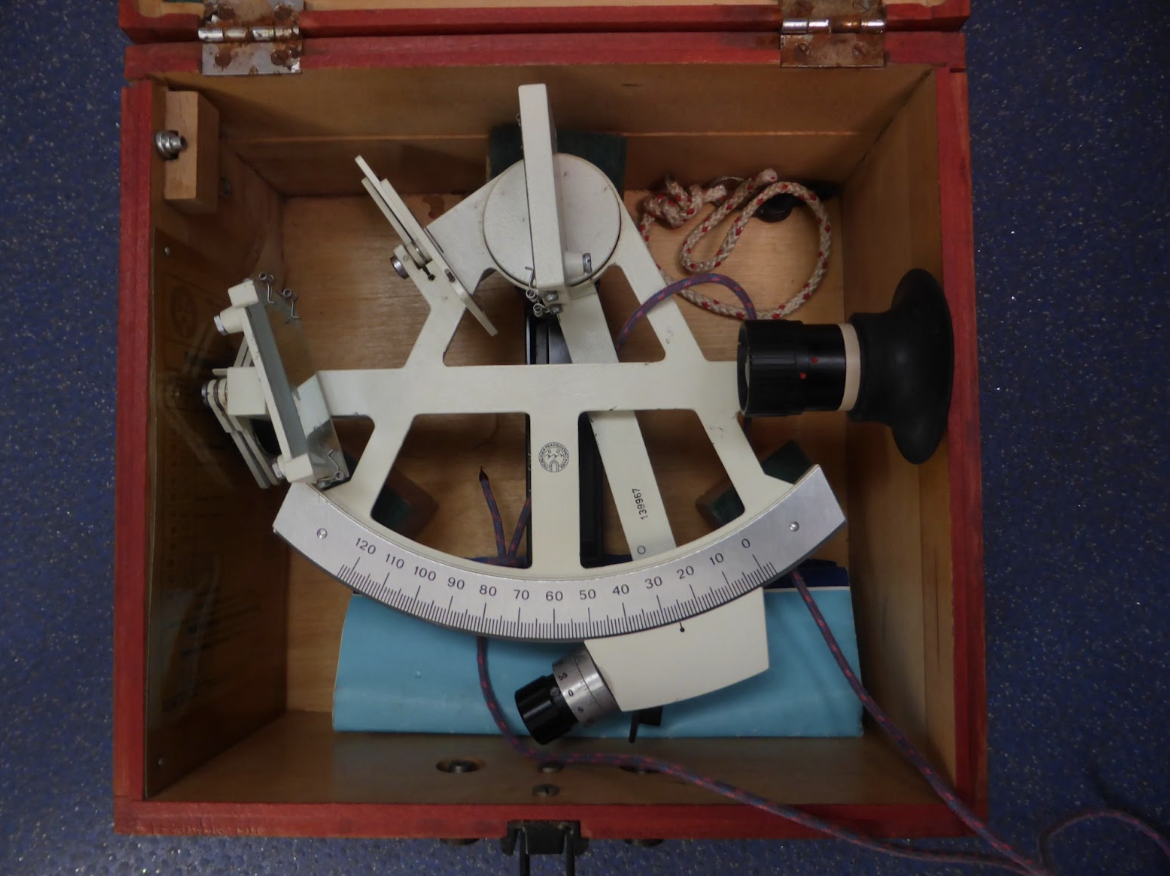
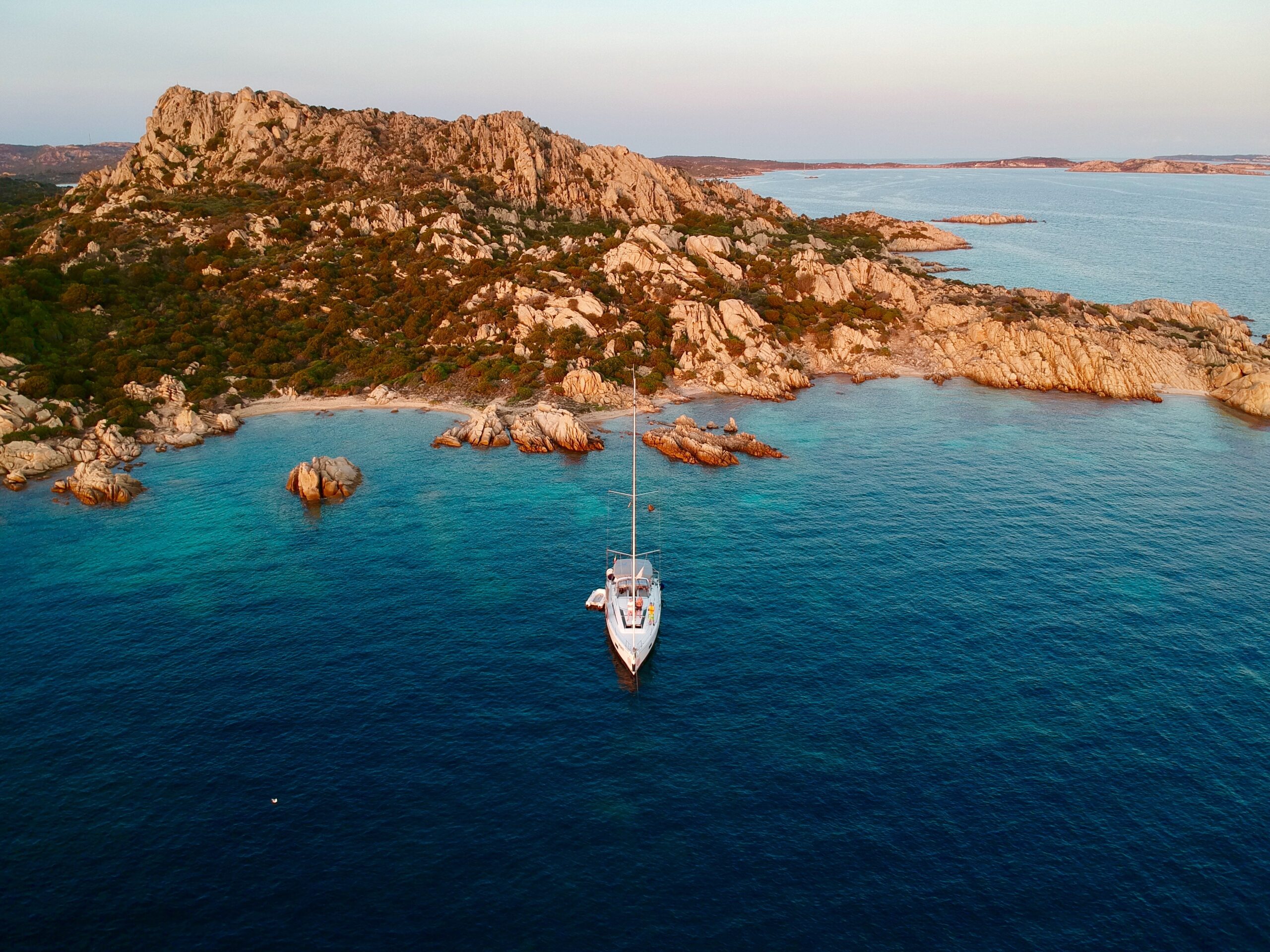
The SOLAS V leaflet you link to was withdrawn on 24 May 2022. Do you know if there is a replacement you can recommend?
It is unfortunate that they decided to withdraw the leaflet, however, it is still accessible and the information is still correct. They haven’t provided a replacement to my knowledge.
All the information can also be found via various marine guidance notices on the government website but there is nothing as concise and targeted as that leaflet.